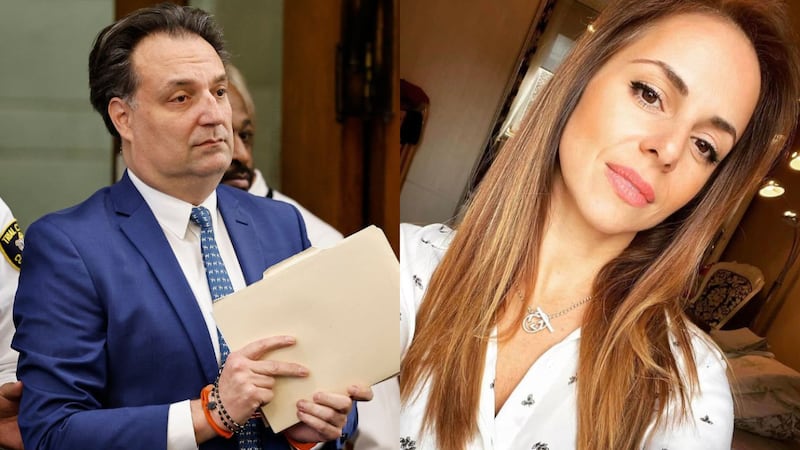BOSTON — Thousands of Massachusetts families have enrolled their children in private school this year because many are offering in-class instruction, and those decisions could have long-term consequences for the public education system since it’s likely that some of those students will never return to the public schools they were attending.
The Holy Name Parish School in West Roxbury bustles with activity each morning as kids line up for another day in class. Just a mile or two away, all’s quiet at the Patrick Lyndon School, a public, magnet school, as it has been for almost a year now.
At the beginning of the school year, about 5% of private schools were operating virtually, compared to 62% of public schools, according to Axios.
Biden has set a goal of having most K-8 schools reopen in his first 100 days, and he’s ordered the departments of Education and Health and Human Services to provide clear guidance for reopening them safely.
This is coming too late for Cailin Caskey of Medfield. She’s already taken her son out of the public school system. It’s hybrid right now, offering two days a week in class.
“My sixth grader especially, was just struggling,” explained Caskey. “It was really, really hard to stay motivated so I looked into Catholic school... so we just made the tough decision and I think it is going to be the best place for him.”
Across the country, public schools have seen an exodus of students this year. Massachusetts has lost 37,396 public school students, about 4%, to private schools, homeschooling and dropouts.
“The question about accelerated out-migration from public school to private schools as a result of COVID-19 is a very serious one,” said Boston College education professor Dennis Shirley. “Could there be long-term consequences in terms of a declining sense of commitment?”
For example, fewer public-school students could mean less state aid for some communities because it’s assigned on a per-pupil basis. There are social justice issues, as poorer students get left behind in larger numbers.
Finally, education gaps could emerge for students who continue to struggle with remote learning. “We do know enough to know that this short-term sprint that we’ve had to transition to transition to digital learning has had some very serious consequences for our students,” added Shirley.
Chandini Sankaran, an economics professor at Boston College, said those consequences can be very really real later in life as well. “Educational inequality can lead to a long-term impact on our economy. We see this educational gap can translate to a future income gap.”
Caskey believes in public schools and still sends her fourth-grade daughter to one. But as a parent, she had to do what she felt was right for her son, who she said is very happy at his Catholic school. “We did make the collective decision to continue with private school for my son, at least for next year, and then we’ll see what happens. Because again, we just can’t afford to have all of those unknowns on what’s going to happen in the fall.”
Governor Charlie Baker has expressed frustration about the high number of school districts that are remote, saying he believes the health data supports opening more schools.
Download the free Boston 25 News app for up-to-the-minute push alerts
>> Complete local and national coronavirus coverage here
RESOURCES:
- Complete local and national coronavirus coverage here
- Follow us on Facebook and Twitter | Watch Boston 25 NOW





